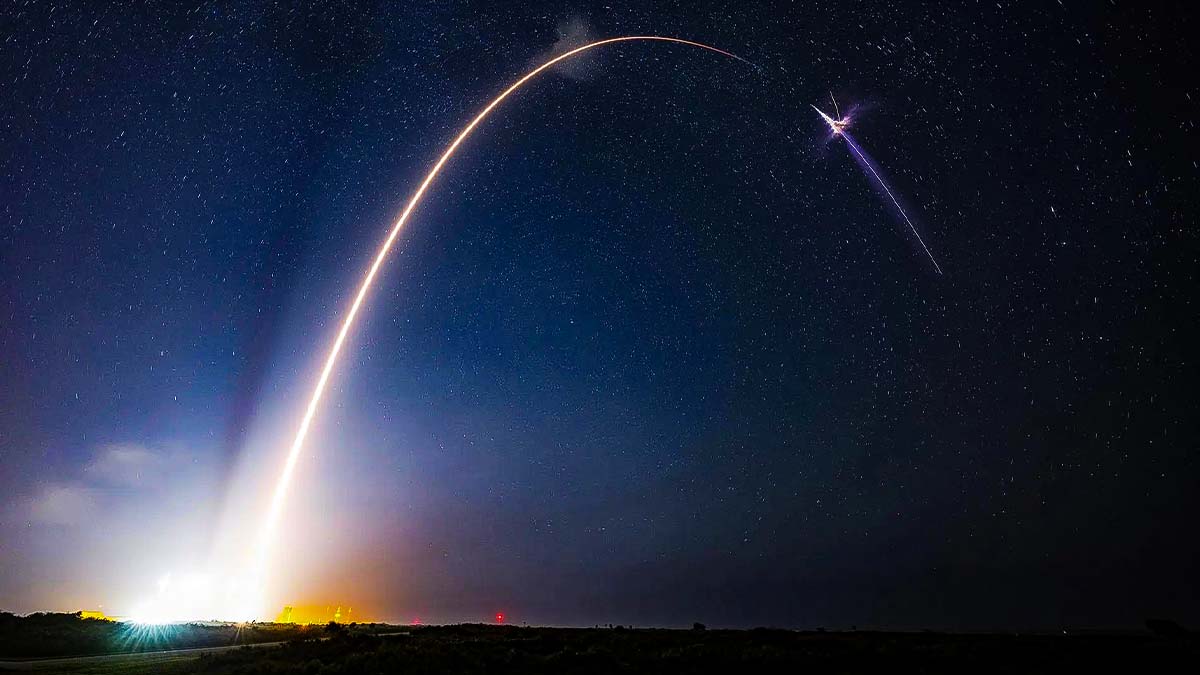Although NASA has announced an exciting opportunity for U.S. media, the accreditation process has begun to cover the pre-launch and launch activities of SpaceX’s 32nd commercial resupply services mission to the International Space Station (ISS). This mission is a crucial part of delivering NASA’s scientific investigations, supplies, and equipment to the space station.
NASA and SpaceX have targeted Monday, April 21, as the launch date for this mission. The launch will send the SpaceX Dragon spacecraft aboard the Falcon 9 rocket from Launch Complex 39A at NASA’s Kennedy Space Center in Florida. This mission will not only deliver essential materials to the space station but also enable new scientific discoveries.
NASA has provided information that the deadline for U.S. media accreditation applications is 11:59 p.m. EDT on Friday, April 4. All applications must be submitted online. Accredited media will receive a confirmation email upon approval. For questions regarding accreditation, contact ksc-media-accreditat@mail.nasa.gov, and for additional information, call the NASA Kennedy newsroom at 321-867-2468. For coverage or interviews in Spanish, reach out to antonia.jaramillobotero@nasa.gov or messod.c.bendayan@nasa.gov.
Each resupply mission delivers experiments related to biology and biotechnology, Earth and space science, physical sciences, and technology development to the space station. With support from U.S. companies, these supplies enhance NASA’s ability to conduct new research in space. This mission includes food and essential equipment for the crew, along with several experiments. These include a demonstration of advanced maneuvers for free-floating robots, an improved air quality monitoring system (useful for Moon and Mars missions), and two atomic clocks to explore fundamental physics principles like relativity.
Since November 2000, the space station has been continuously occupied by astronauts. To date, 283 individuals from 23 countries have visited this orbiting outpost. The station serves as a foundation for NASA’s next major steps in exploration, including lunar missions under the Artemis program and the human exploration of Mars.
